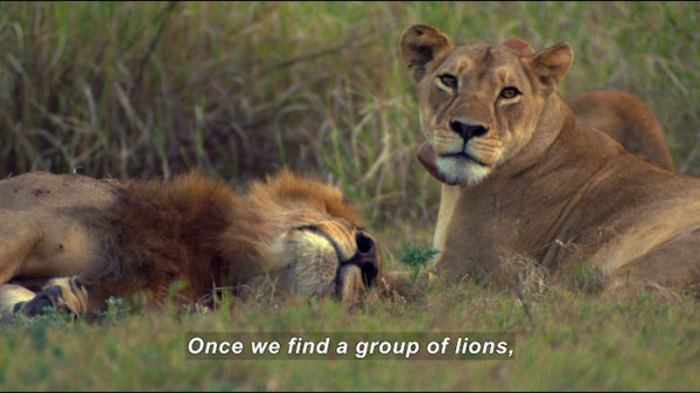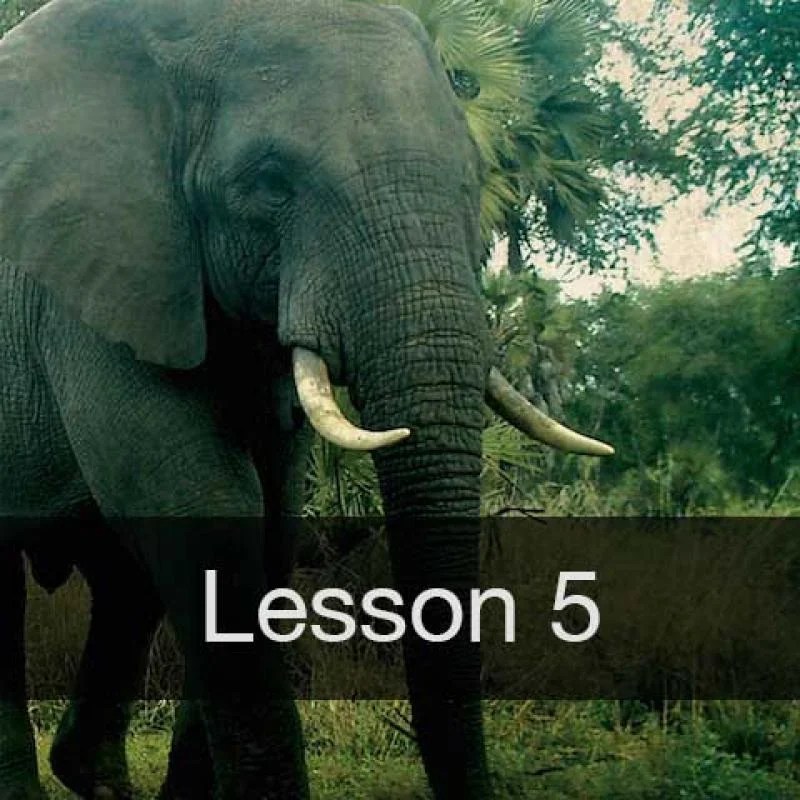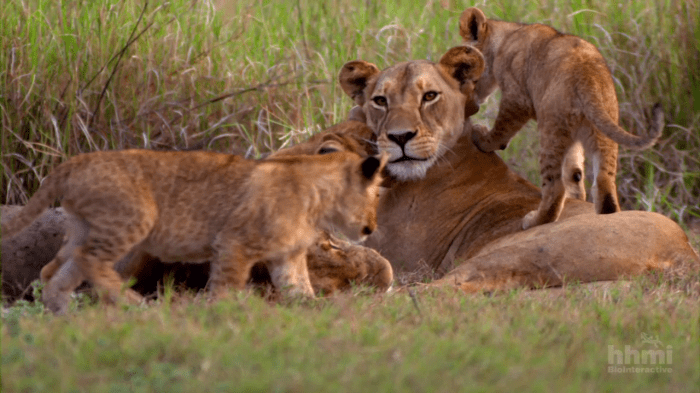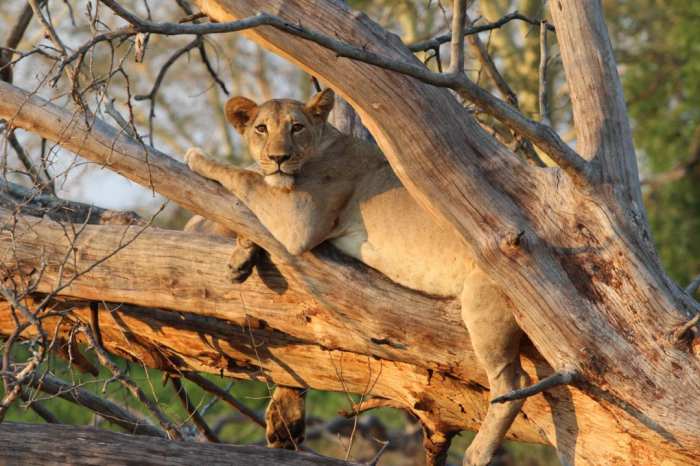Tracking lion recovery in Gorongosa National Park offers a compelling narrative of conservation efforts, showcasing the remarkable resilience of wildlife amidst adversity. This article delves into the intricate dynamics of lion populations, their ecological significance, and the multifaceted challenges they face in this vibrant ecosystem.
Gorongosa National Park, once ravaged by war and poaching, has emerged as a beacon of hope for lion conservation. Through dedicated monitoring and innovative management strategies, lion populations have rebounded, providing valuable insights into the species’ recovery and the interconnectedness of ecosystems.
Overview of Tracking Lion Recovery in Gorongosa National Park

Lion recovery efforts in Gorongosa National Park have witnessed significant progress since their initiation in the early 2000s. The park’s lion population has steadily increased, indicating the effectiveness of conservation measures implemented to protect and restore this iconic species.
To track lion populations, researchers employ various methods, including radio telemetry, camera traps, and direct observation. Radio telemetry involves fitting lions with radio collars, allowing scientists to monitor their movements and behavior. Camera traps capture images of lions, providing data on their distribution and abundance.
Direct observation by park rangers and researchers contributes to data collection on lion sightings and interactions.
The challenges of lion recovery in Gorongosa primarily stem from human-wildlife conflict and illegal hunting. Lions often come into contact with humans living near the park boundaries, leading to livestock depredation and potential retaliation. Poaching also poses a threat to lion populations, as they are targeted for their body parts used in traditional medicine.
Lion Population Dynamics
The current lion population in Gorongosa National Park is estimated to be around 100 individuals, distributed across various prides throughout the park. This represents a significant increase from the mere two lions remaining in 2009.
Factors influencing lion population growth include prey availability, habitat quality, and the absence of disease. Prey species such as buffalo and zebra are abundant in Gorongosa, providing a stable food source for lions. Additionally, the park’s habitat offers suitable denning sites and cover for hunting.
Lion hunting and poaching have historically played a detrimental role in population decline. However, strict anti-poaching measures and community outreach programs have significantly reduced these threats.
Lion Behavior and Ecology
Lions in Gorongosa National Park exhibit a typical social structure, with prides consisting of related females and their offspring. Males typically form coalitions and establish territories outside of prides.
Hunting behavior involves cooperative strategies, with lions working together to take down prey. They primarily target large herbivores such as buffalo and zebra. Lions are also opportunistic scavengers, feeding on carcasses left by other predators.
Interactions with other predators, such as hyenas and leopards, can be competitive. Lions may defend their kills from scavengers or engage in territorial disputes.
Conservation Implications
Lion recovery in Gorongosa National Park has significant conservation implications. As apex predators, lions play a crucial role in maintaining ecosystem balance by regulating prey populations.
Lion recovery also contributes to tourism and economic development in the region. Tourists are drawn to Gorongosa to witness the park’s diverse wildlife, including lions. Revenue generated from tourism supports conservation efforts and provides economic benefits to local communities.
Future Research and Management, Tracking lion recovery in gorongosa national park
Future research priorities include monitoring lion population trends, assessing the impact of human-wildlife conflict, and investigating the genetic diversity of lions in Gorongosa.
Management strategies focus on habitat protection, anti-poaching measures, and community engagement. Collaboration with local communities is essential to reduce human-wildlife conflict and foster support for lion conservation.
Challenges include balancing conservation needs with the interests of surrounding communities and ensuring the long-term sustainability of lion populations.
Answers to Common Questions
What factors have contributed to the success of lion recovery in Gorongosa National Park?
Anti-poaching measures, habitat restoration, and community engagement have played crucial roles in lion recovery.
What challenges remain in ensuring the long-term survival of lion populations in Gorongosa?
Habitat loss, human-wildlife conflict, and disease outbreaks pose ongoing threats to lion conservation.
How does lion recovery benefit the broader ecosystem of Gorongosa National Park?
Lions play a vital role as apex predators, maintaining ecological balance and supporting biodiversity.


